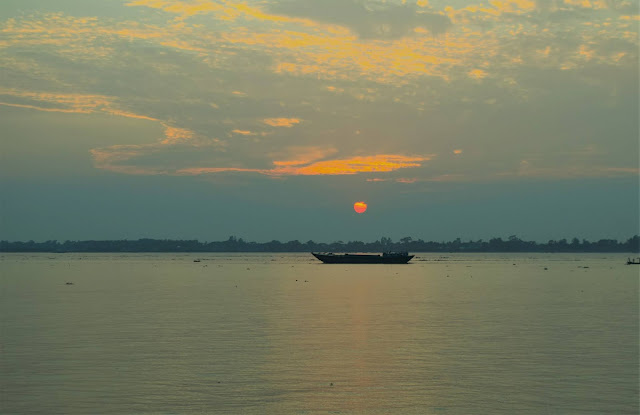189 AD The map of Bengal was drawn by Major James Rennell, Associate in Nursing English surveyor throughout British rule, enclosed Associate in the Nursing obscure city referred to as Chandpur. At that point, there was a political candidate court of Chandpur in an area referred to as Narsinghpur (which is currently submerged within the river) south of Chandpur.
The confluence of the Padma and the Meghna was about 60 miles southwest of the present place. This space has currently disappeared because of the sport of breaking the Meghna stream. throughout the reign of the Bar Bhuiyans, the Chandpur region was occupied by Chandra, the zamindar of Bikrampur. He established the middle of state during this region.
Historian J. M. According to Sengupta, the region was named Chandpur after Chandra. On the other hand, the name of this region is Chandpur after Chand Fakir of Purindpur mahalla of Chandpur town (Koralia). According to Karai, an administrator named Shah Ahmed Chand came here from Delhi in the fifteenth century and established a river port. Chandpur is named after him. He lived in the Purindapur area. The Firajshahi Mosque in Hajiganj is one of the landmarks of Muslim architecture. It is known from the inscription that Fakhruddin Mubarak Shah's Dewan Firoz Khan built Lashkar. The famous Mughal ruler Abdullah had his administrative headquarters at Alipur village under Hajiganj Upazila.
There is the famous Alamgiri five-domed mosque named after King Alamgir, the three-domed mosque built by Prince Shuja, and the mausoleum of the heroic generals of the Mughal period, which is now known as the Tomb of Ali. the primary Chandpur sub-division was fashioned in eighteen as a result of body reorganization throughout British rule. In October 1896, the town of Chandpur was declared a municipality. it absolutely was declared as Chandpur district on fifteen February 1984.
The present-day Chandpur was part of the Samatata kingdom in ancient Bengal. The Chinese traveler Wan Chang arrived in the Samatata kingdom at the end of the second half of the 7th century AD. He described Samatat as a low-lying wetland on the coast which refers to this region. There is evidence that the Gupta Pala and Sen dynasties of ancient Bengal ruled the region. However, it was not possible to identify the unique original name in the corner of the area! After the conquest of Bengal by Ikhtiyar Uddin Muhammad-bin-Bakhtiyar Khilji, the whole of Bengal came under Muslim rule and the region naturally came under Muslim rule. In particular, there is evidence in history that Sultan Fakhruddin Mubarak Shah ruled the region. J. F. Brianny C. S. - According to King Todarmal 156 AD. Miguel introduced 19 departments for administration. One of these 19 divisions was the Sainargaon government and included Tripura and Nayakhali. 1822 Till then the original government of Todramal and the 13 chakras or military jurisdictions annexed by Shah Shuja in 1757 were known as Dhaka or Jahangirnagar. 1970 Until then the name of the district was Tripura district. At that time this district consisted of 4 subdivisions. These are Sadar North, Sadar South, Brahmanbaria, and Chandpur! At that time there were 21 police stations and 362 union councils. There were 5 police stations in the Chandpur subdivision. These are Chandpur, Faridganj, Hajiganj, Kachua, and Matlab.
This district consists of eight Upazilas.
Its Upazilas:
● Chandpur Sadar Upazila
● Hajiganj Upazila
● Kachua Upazila
● Faridganj Upazila
● Matbi Uttar Upazila
● Matlab Dakshin Upazila
● Shahrashti Upazila
● Haimchar Upazila Chandpur






0 Comments